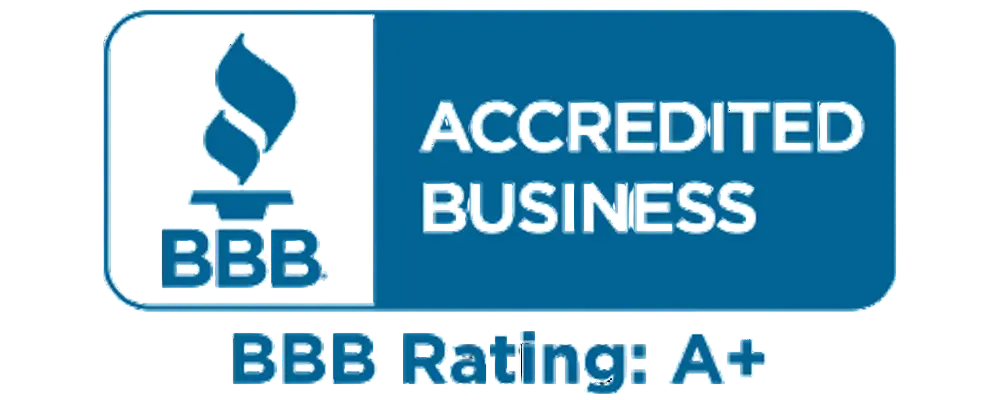Download free PDF
Male Hypogonadism Market – By Treatment Type, By Route of Administration, By Application - Global Forecast 2025 – 2034
Report ID: GMI13201
|
Published Date: February 2025
|
Report Format: PDF
Download Free PDF
Authors: Mariam Faizullabhoy, Gauri Wani



Premium Report Details
Base Year: 2024
Companies covered: 10
Tables & Figures: 120
Countries covered: 23
Pages: 130
Download Free PDF

Male Hypogonadism Market
Get a free sample of this report
Get a free sample of this report Male Hypogonadism Market
Is your requirement urgent? Please give us your business email
for a speedy delivery!





Male Hypogonadism Market Size
The global male hypogonadism market was estimated at USD 4 billion in 2024. The market is expected to grow from USD 4.2 billion in 2025 to USD 6.7 billion by 2034 at a CAGR of 5.2%. Male hypogonadism is a type medical condition where the body produces insufficient amount of testosterone or experiences impaired testicular function. Since the testes are responsible for making testosterone and generate sperm, if fail to perform these functions appropriately, then leads to physical, sexual, and psychological symptoms.
The increasing prevalence of hypogonadism is a significant catalyst for the growth of the market. For instance, according to the Baltimore Aging Longitudinal study, low testosterone affects about 10% of men in their 50s, 20% in their 60s, and 30% in their 70s. Thus, these statistics highlight growing need for diagnosis and treatment options, and increased awareness to manage its impact on overall health and quality of life. Additionally, the global aging population is contributing to the increased prevalence of late-onset hypogonadism.
For instance, according to the World Health Organization (WHO), the number of individuals aged 80 years or older is expected to triple from 2020 to 2050, reaching 426 million. As older men are more likely to experience symptoms of low testosterone, this demographic change is escalating the demand for diagnostic testing and treatment solutions, significantly impacting healthcare needs related to the management of male hypogonadism.
Moreover, the growing awareness of men’s health and wellness has led to expanded initiatives which are focusing on male hypogonadism diagnosis and treatment. Thus, healthcare providers, government agencies and private organizations are focusing on spreading awareness, investing in education campaigns, and organizing preventive care programs to address this hormonal imbalances in men. For instance, the National Institutes of Health (NIH) and the American Urological Association (AUA) have introduced guidelines and awareness programs regarding early detection and management of testosterone deficiency.
Male Hypogonadism Market Trends
Male Hypogonadism Market Analysis
Based on treatment type, the market is bifurcated into testosterone replacement therapy and gonadotropin therapy. The market was estimated at USD 3.9 billion in 2023. The testosterone replacement therapy held revenue of USD 3.2 billion in 2024 and the segment is poised for significant growth at a CAGR of 5.3% during the forecast period.
Based on route of administration, the male hypogonadism market is segmented into injectable, topical, and oral. The injectable segment accounted for a revenue share of 55.3% and with revenue of USD 2.2 billion in 2024.
Based on application, the male hypogonadism market is segmented into Kallmann syndrome, Klinefelter syndrome, pituitary disorders, and other applications. The Klinefelter syndrome segment dominated the market with the largest revenue of USD 1.5 billion in 2024.
The North America male hypogonadism market is accounted for 1.8 billion revenues in 2024 forecasted to reach USD 3.1 billion by 2034. The U.S. dominated the North America market with the largest revenue of USD 1.6 billion in 2023.
Europe: The male hypogonadism market in UK is expected to experience significant and promising growth from 2025 to 2034.
Asia Pacific: Japan male hypogonadism market is anticipated to witness lucrative growth between 2025 – 2034.
Middle East and Africa: The male hypogonadism market in Saudi Arabia is expected to experience significant and promising growth from 2025 to 2034.
Male Hypogonadism Market Share
The top 4 players of the market account for approximately 45% of the market share which includes companies such as AbbVie, Eli Lilly and Company, Pfizer, Sanofi, among others. With every firm introducing new drugs and using advanced treatments, modernization is extremely important. Moreover, strategic partnerships with pharmaceutical companies, research institutes, and government agencies play a primary role in advancing the development of drugs and getting the necessary permits.
The development of public awareness about hypogonadism and its health impact through the social media platform, will encourage more individuals to seek the treatment, enabling market players to strengthen their position in this growing sector.
Male Hypogonadism Market Companies
Some of the eminent market participants operating in the male hypogonadism industry include:
Male Hypogonadism Industry News:
The male hypogonadism market research report includes an in-depth coverage of the industry with estimates and forecast in terms of revenue in USD Million from 2021 – 2034 for the following segments:
Click here to Buy Section of this Report
Market, By Treatment Type
Market, By Route of Administration
Market, By Application
The above information is provided for the following regions and countries: